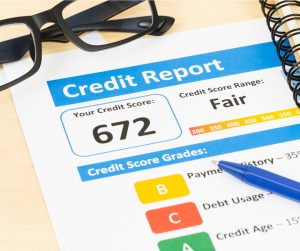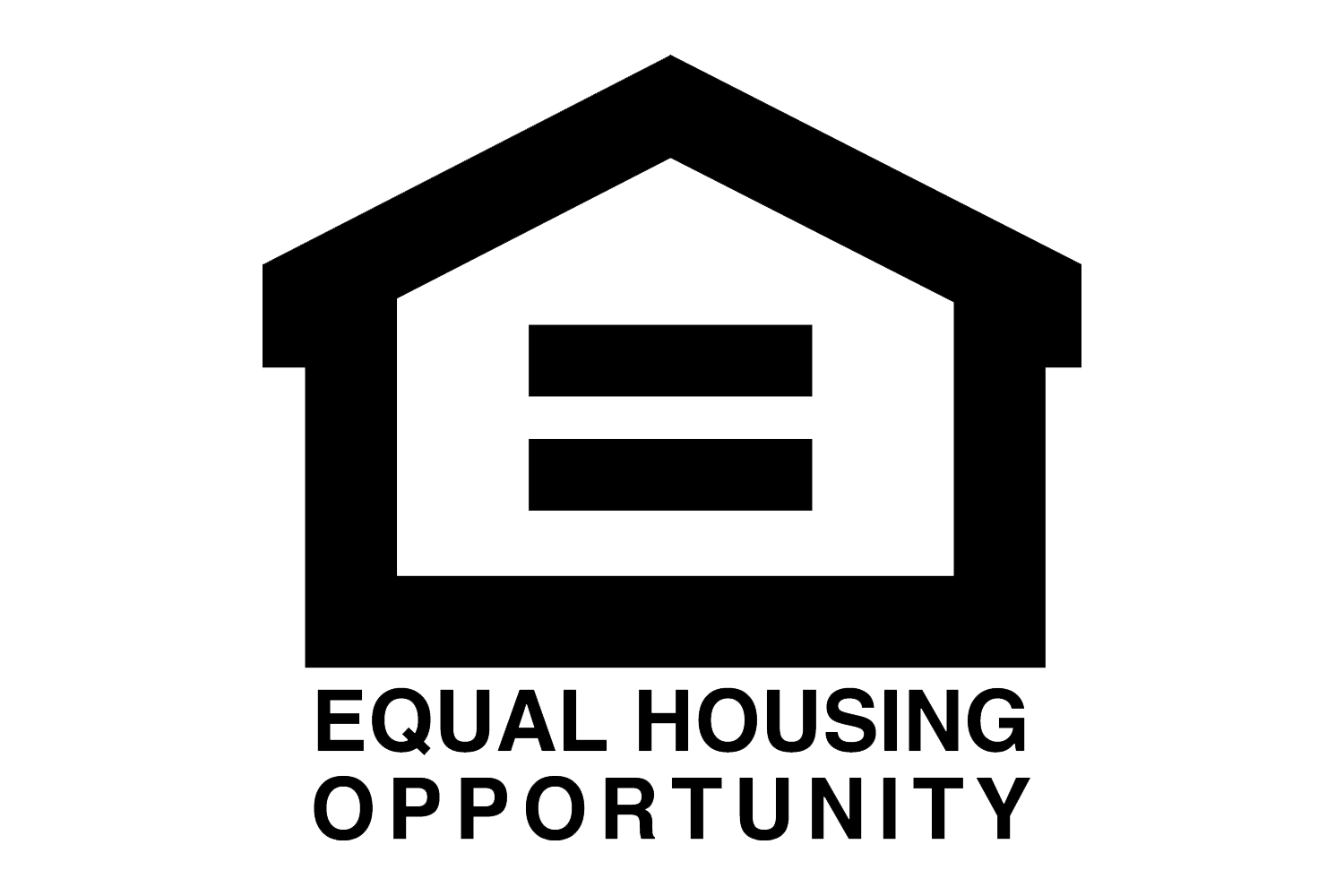When you obtained your mortgage loan you may have been given a choice between a 30-year payoff and a 15-year payoff. Perhaps you could have afforded the payments on a 15-year note, but wanted the security of the lower payment – just in case.
That doesn’t mean you can’t pay off your loan in 15 years – or even sooner. When you send that monthly payment, you can increase it to any dollar amount you wish.
Is it a good idea?
The answer all depends upon your bank account and cash flow, plus investment opportunities available to you.
For instance: If paying down your mortgage means carrying a balance on credit cards, then no. It’s not. You’d be far better off paying off the credit cards in full each month.
Get rid of high interest debt first, then consider your next move.
It’s also a good idea to keep some cash on hand for emergencies and opportunities. If paying down the mortgage means an empty savings account, you’d be wise to wait a bit.
Paying your mortgage loan off early is like earning interest on an investment.
Does that sound strange? Look at it from the other direction: If your mortgage loan is at 4% and you pay an extra $500 per month to pay it down, it’s the same as making a $500 investment that yields 4%. That’s because every dollar of principal that’s paid off will never accrue more interest. (Apply the same thinking to credit cards and see why it’s wise to pay them off.)
If you’re in a position to earn a higher rate on investments, then paying down the mortgage is not wise.
If paying down your mortgage “earns” you 4% but you can invest the same dollars elsewhere to earn 6, 8, or 10%, then you should invest for the highest rate of return.
The most powerful way to benefit from early paydown…
Keep making the payments once your mortgage is paid off – but now put them into a retirement account.
Look at the difference in outcomes…
Say you have a new 30-year loan for $300,000 at 4%, with a principal and interest payment of $1,432.25.
If you make the required monthly payment, at the end of 360 months you’ll own your home.
Assume for a minute that you have an extra $567.75 per month, so you put it in a savings account. At the end of 30 years (360 months) you’ll have put away $204,390 plus interest.
$2,000 per month invested over 12 years would put $288,000 plus interest in your retirement account. Either way you’ll own your home and will have spent the same $2,000 per month. But by paying down the mortgage, you’ll have an extra $83,000+ (plus interest) in your retirement account.
Now let’s assume that you can more than double that payment, bringing it to $3,000 per month. The loan will pay off in 122 months – 18 years and 10 months early.
Are there other reasons NOT to pay a mortgage loan down early?
Possibly. One objection is that because your monthly interest charges will go down rapidly, you’ll lose tax deductions. This may not matter now, because since 2018 there are stricter limitations on home mortgage deductions. In addition, with the increased standard deduction, you may not even choose to itemize in the future.
What about the impact of inflation or deflation?
We have no crystal ball, so have no way to foresee whether we’ll soon see a period of raging inflation. If that happens, then it would be wise to discontinue paying down the mortgage, because you can pay it later with cheaper, inflated dollars. The opposite would be true if we enter a period of deflation.
Mortgage software makes it easy to see the impact that different payment amounts will make on your future finances.
If you’re interested, sit down with your lender and explore different options. Remember also that once the bank has committed to a fixed 30-year loan, that’s only the minimum that you’re locked into. You can add dollars or even double payments any time you have extra funds. That might be a good use for your income tax refund, a year-end bonus, or the windfall from a particularly good commission sale.
Here at Homewood Mortgage, the Mike Clover Group, we’re always happy to help our clients look at ways to benefit financially. If you have questions or want to know your options, just give us a call.
Call us today at 800-223-7409



















